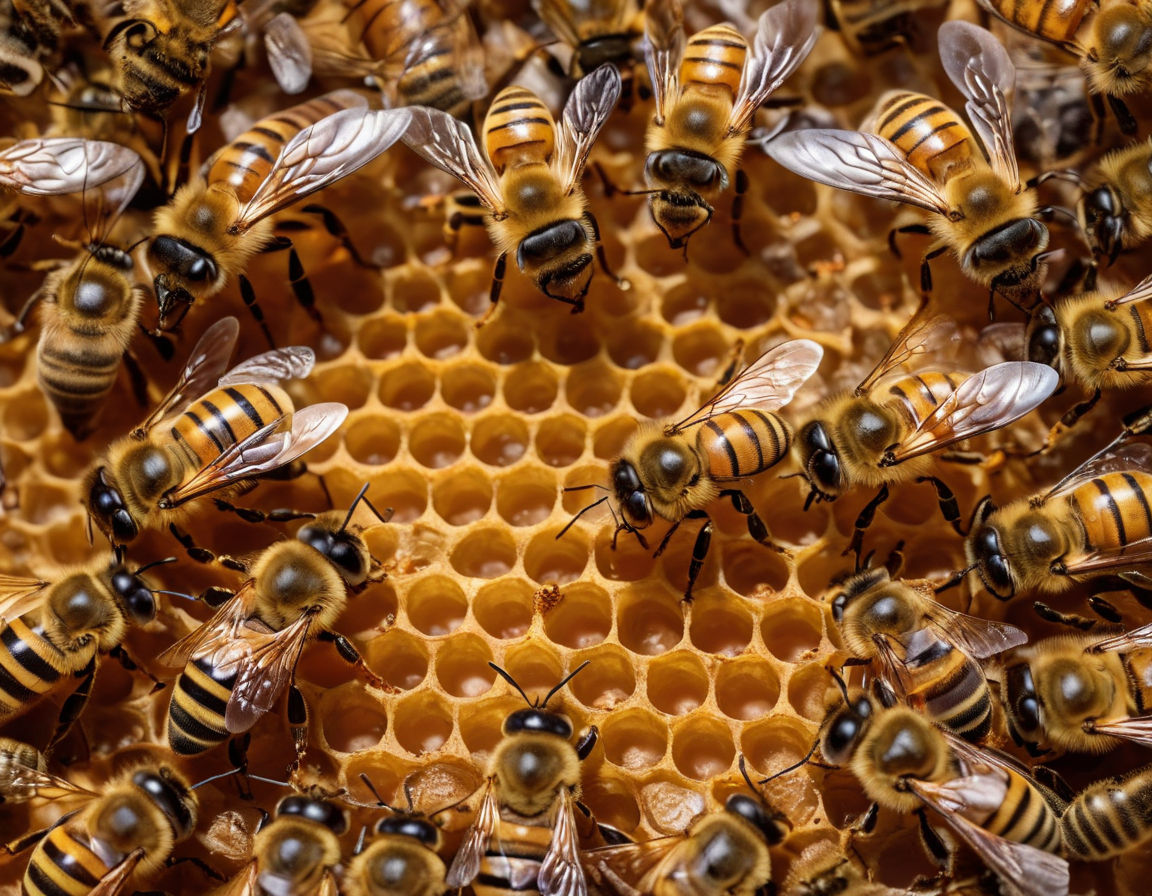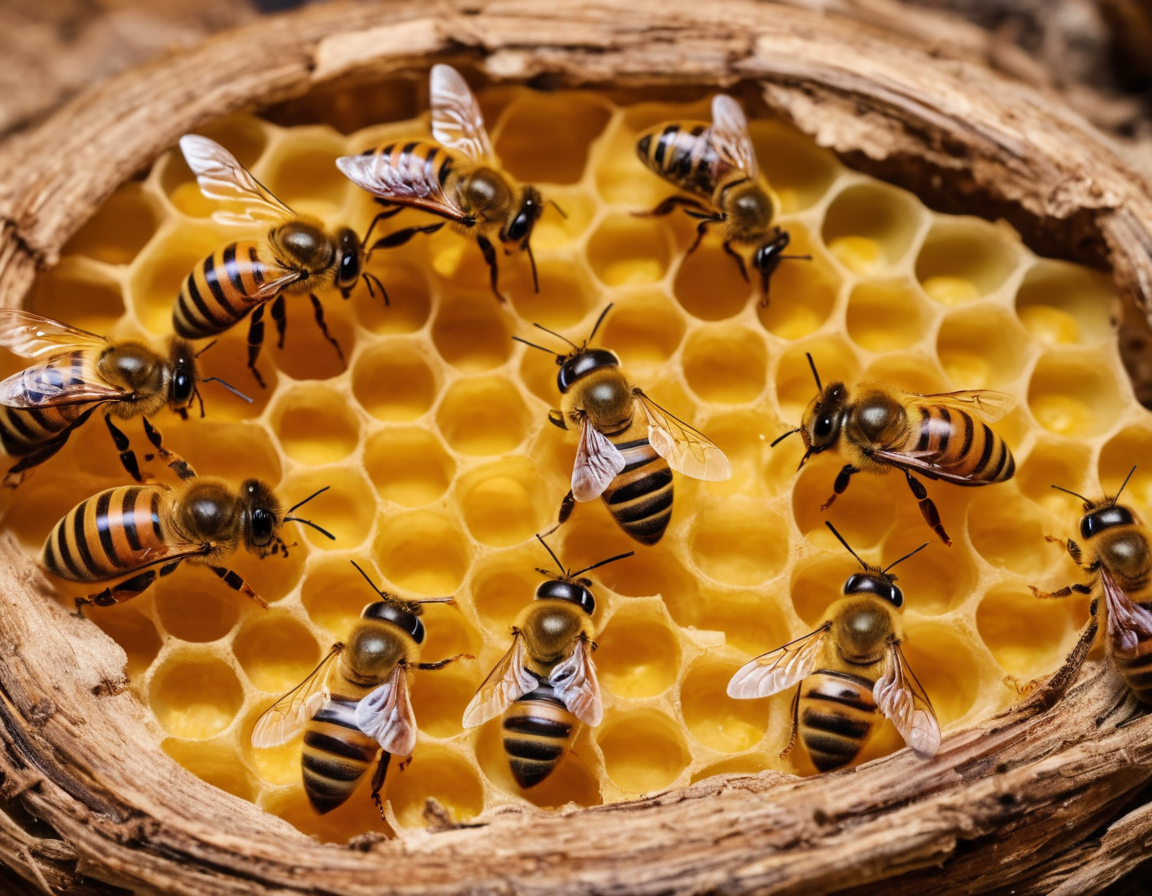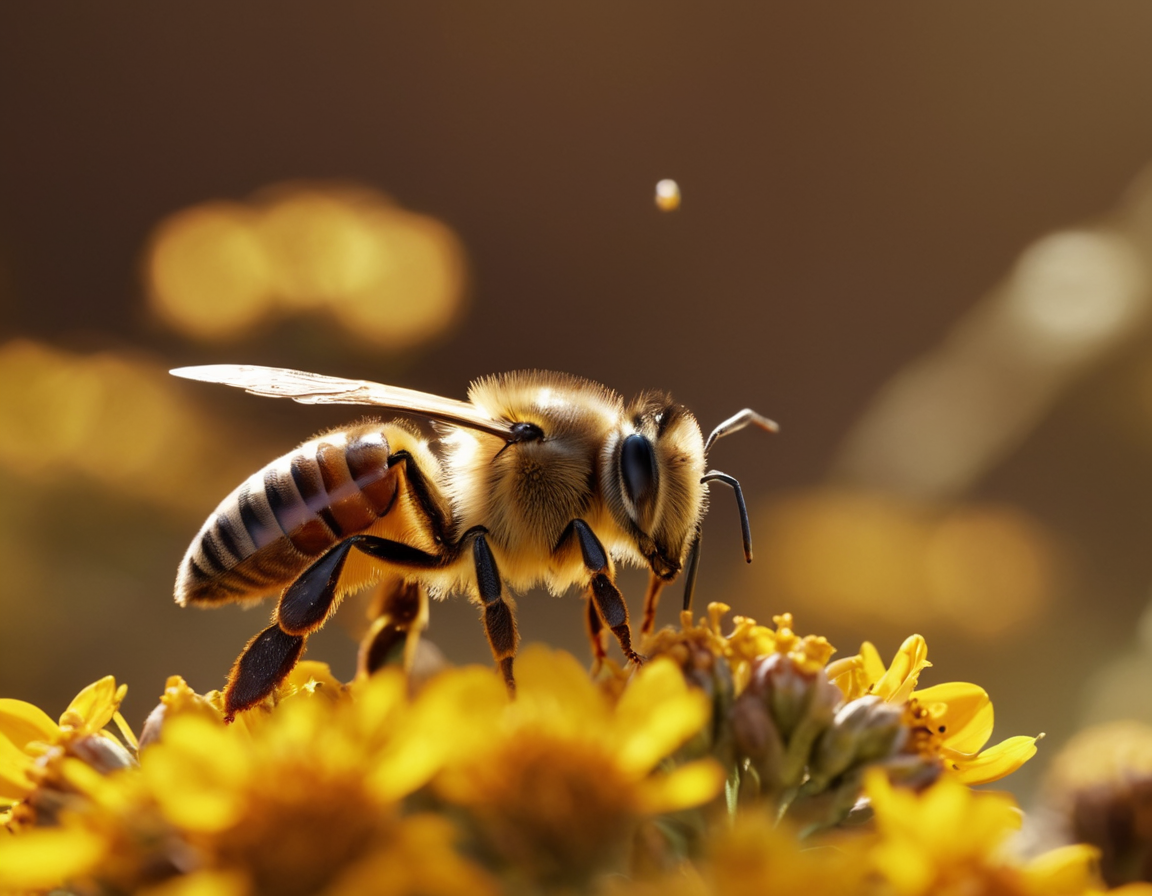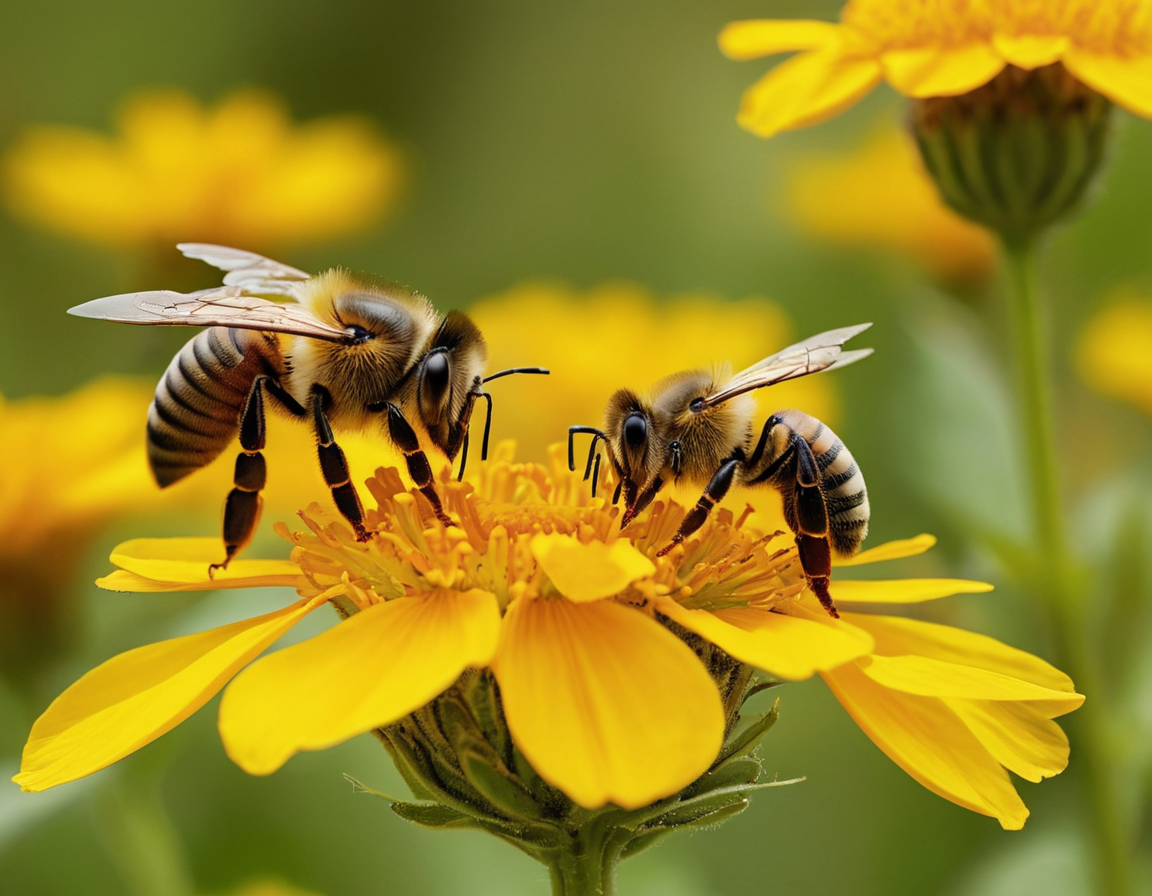The Enigmatic World of Honeybees: A Dive into Their Social Structure, Roles, and Conservation
The Fascinating Social World of Honeybees
Bees have fascinated humans for centuries with their complex societies and vital role in our ecosystem. In this post, we’ll explore the intricate social structure of honeybees, their various roles within the hive, and the importance of bee conservation. So, let’s embark on this buzzing journey into the world of Apis mellifera, better known as the western honeybee.
Understanding the Hive: The Caste System
The social structure of a honeybee hive is both complex and efficient, functioning as a well-organized community. At the heart of the hive is the queen bee, the sole egg-layer who ensures the continuity of the colony  . Worker bees, which are non-reproductive females, form the largest group and perform various tasks essential for the survival of the hive. These include foraging for nectar and pollen, caring for the young, and maintaining the hive’s structure. Male bees, known as drones, have one primary purpose: to mate with a queen from another hive to promote genetic diversity.
. Worker bees, which are non-reproductive females, form the largest group and perform various tasks essential for the survival of the hive. These include foraging for nectar and pollen, caring for the young, and maintaining the hive’s structure. Male bees, known as drones, have one primary purpose: to mate with a queen from another hive to promote genetic diversity.
The Life Cycle of a Honeybee
Honeybees undergo a fascinating metamorphosis during their life cycle. Starting as eggs laid by the queen, they develop into larvae and then pupae before emerging as adult bees. Each stage requires specific care and conditions, diligently provided by the worker bees  .
.
The Roles and Responsibilities
Each bee in the hive has a specific role to play, determined by age, gender, and circumstances. Young worker bees typically start as ‘nurse bees’ caring for the young, while older workers become foragers, facing the dangers outside the hive to collect food. These role changes ensure that the hive operates smoothly and adapts to changing conditions.
Communication and Navigation
Honeybees are excellent communicators, using their famous ‘waggle dance’ to convey information about food sources  . They are also incredible navigators, capable of flying several miles to forage, and returning to their exact hive location without fail.
. They are also incredible navigators, capable of flying several miles to forage, and returning to their exact hive location without fail.
The Plight of the Honeybee
Despite their resilience, honeybees face significant threats such as habitat loss, pesticides, and diseases. Colony Collapse Disorder (CCD) has led to the disappearance of many hives and poses a worrying trend for bee populations globally.
Conservation Efforts
The decline of honeybee populations has sparked worldwide conservation efforts to protect these essential pollinators. Measures include promoting bee-friendly planting, reducing pesticide use, and supporting local beekeepers  .
.
Conclusion
As we uncover the complexities of honeybee life, it becomes clear that these small creatures play a monumental role in our own lives. By understanding and supporting honeybees, we ensure not only their survival but also the health of our global agriculture and ecosystems  .
.
Join the buzz and help protect honeybees by planting bee-friendly flowers, avoiding pesticides, and supporting local honey products. Together, we can make a difference in the conservation of these incredible insects.






